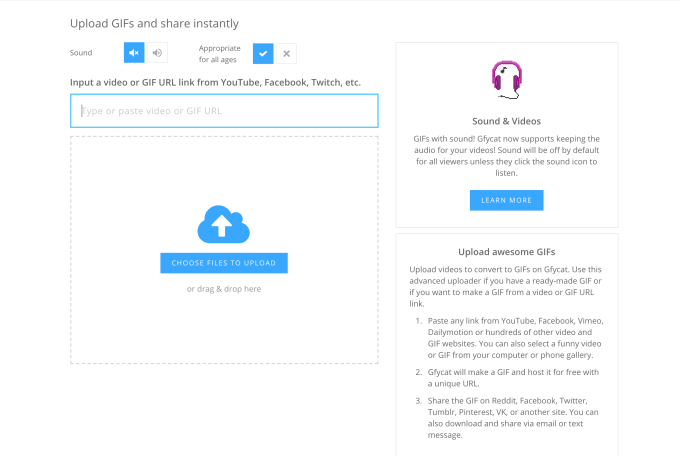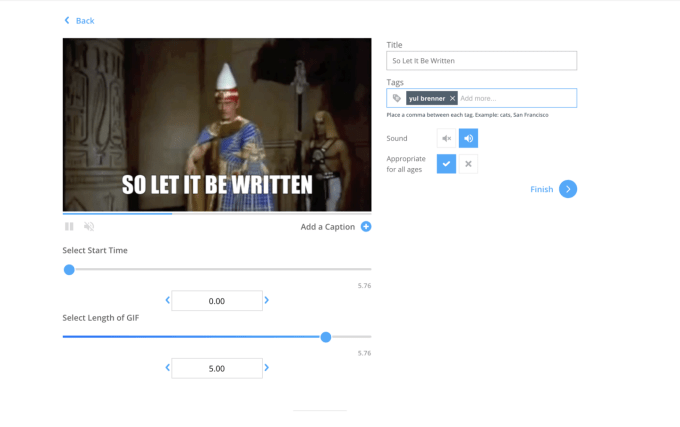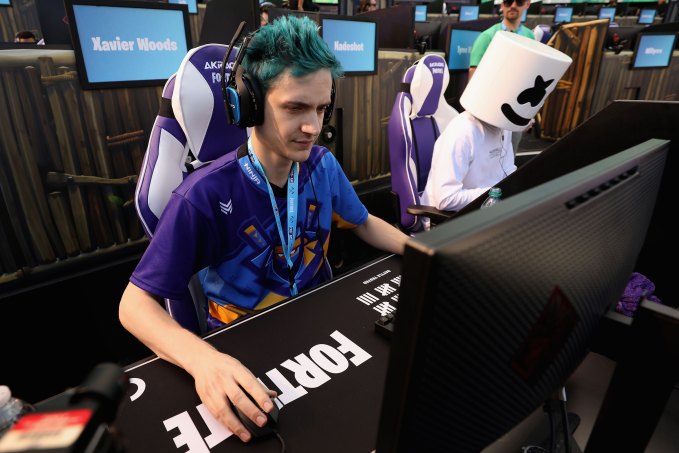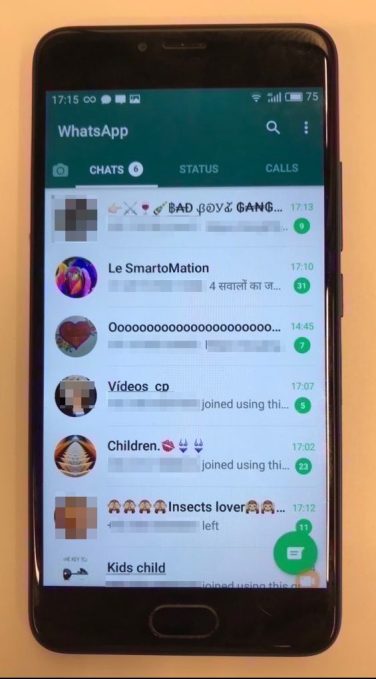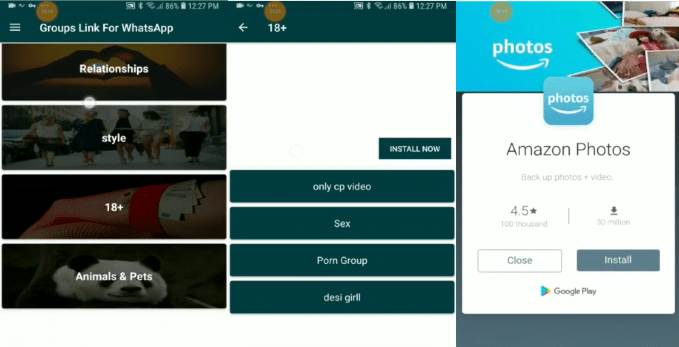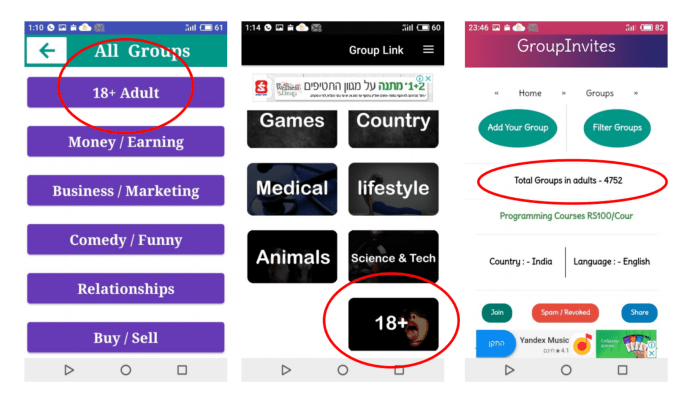By now, you should be well aware of the importance of using a VPN, especially if you live in one of the so-called “14 Eyes” countries.
Today, we going to put Firefox under the spotlight. Here are some of the best free VPNs for Firefox that you should consider.
Warning: Free VPNs Come With Risks
Let’s preface this “best of” list with a caveat—you should never use a free VPN. Many of the VPNs we’re going to look at have questionable privacy policies and less-than-impressive backgrounds.
They’ll just about suffice if you want a quick way to access geo-blocked content. If you want a VPN to improve your online security, you need to splash out on a paid plan instead. We recommend ExpressVPN and CyberGhost.
Hoxx VPN for Firefox is the popular free VPN on the browser. It boasts a 4.6-star rating off almost 7,000 reviews.
Hoxx VPN has more than 100 servers around the world covering a large number of countries. All you need to get started is a free Hoxx account.
The add-on can help you unlock sites, improve your internet privacy, hide your location, and avoid malicious websites. The VPN encrypts all the connections from your machine.
Unfortunately, a dig into Hoxx’s privacy policy reveals some unsavory information:
- Hoxx collects logs (including your browser, language, access times, pages viewed, and IP address).
- The VPN uses third-party tracking pixels.
- And Hoxx amasses lots of information about your device (including hardware model, operating system and version, unique device identifier, phone number, IMEI number, and mobile network information).
You can be confident all this data is being sold for a profit.
![touchvpn]()
TouchVPN also ranks highly. The unlimited free VPN has no session, speed, or bandwidth limitations.
With its one-click connect button, you can use servers in Sweden, the United Kingdom, Denmark, France, the United States, the Netherlands, and Canada.
TouchVPN is also highly secure. It uses banking-grade SSL encryption to keep your data safe.
On the downside—and this is going to be a reoccurring theme—the company’s privacy policy is full of holes. Like Hoxx, it logs your data and your personal information, as well as a worryingly vague reference to “other information.”
TouchVPN is also run from the U.S., meaning it’s in a “Five Eyes” territory. If you value your privacy, that’s a disturbing thing.
SetupVPN is another free VPN for Firefox which makes you the product.
First of all, let’s look at the positives:
- Security: SetupVPN uses 4096-bit military grade encryption on all your communications.
- Servers: If you want to access geo-blocked content, the app will serve you well. It has more than 100 servers around the world.
- Speed: SetupVPN has no bandwidth or speed limitations.
And the bad side? Logs—lots of them. In addition to device and usage information, SetupVPN also logs your location. According to the privacy policy, it will even know the speed at which your device is traveling.
Users have also complained about a severe drop off in speed when you’re using servers on the other side of the world.
![hola vpn]()
Hola is a well-known name in the world of free VPNs, and the Hola VPN for Firefox is another common choice among Mozilla users. Unlike older version of Hola, the Firefox version of the add-on is not a peer-to-peer VPN network.
The VPN lets you access blocked websites in your country or even on your Wi-Fi network (Facebook in the office, anyone?),
Of course, the big downside of Hola is its questionable track record. In 2015, it was discovered that the company was selling access to its database exit nodes, essentially turning its users’ computers into a giant botnet.
The privacy policy also rings alarm bells. In addition to the log and device data that Hoxx collects, Hola also stores your full name, home address, email address, birth date, profile picture, friends list, and personal description if you use your social media credentials to log in.
Browsec offers both a paid and free VPN plan. Unsurprisingly, the free plan is much more limited than the paid alternative.
The VPN’s biggest drawback is the bandwidth restriction. It is capped at 1Mbps for free users. Free users can also only use four of the company’s 30 servers, meaning it loses some of its benefit as a service for accessing geo-blocked content.
On the positive side, Browsec does have a slightly less concerning privacy policy, though the company admits it will still “share anonymous data in aggregated form with third parties, including its affiliates, advertisers and other current or prospective business partners.”
![hotspot shield vpn]()
Like Browsec, Hotspot Shield offers both a free and a paid version. The free version has more features than Browsec. In addition to the standard VPN capabilities, the add-on also offers ad blocking, tracker blocking, cookie blocking, and malware protection.
All the virtual server locations are included in the free package. If you want access to the premium locations, you will need to pay for HotSpot Shield. The free version also has unlimited bandwidth.
Because the company makes its money from paying users, the privacy policy is robust. Hotspot Shield is not going to sell your data. Lastly, Hotspot Shield is extremely user-friendly. Unlike many other VPN add-ons for Firefox, you don’t need to create an account before you can start using the service.
While Hotspot Shield can be used for free, there are several benefits to getting a premium plan. Use this link to save up to 76% off a Hotspot Shield plan!
We will conclude with the best paid Firefox VPN. In our opinion, it’s ExpressVPN. An annual plan will cost you $8.32 per month.
It has 148 VPN locations, a kill switch, split tunneling, and zero-knowledge DNS, none of which are available on the six free plans we looked at. ExpressVPN also comes with privacy safeguards, support for multiple VPN protocols (OpenVPN with TCP/UDP, SSTP, L2TP/IPsec, and PPTP), and AES-256 encryption.
Most importantly, ExpressVPN keeps no logs. It will never track your IP address, browsing history, traffic destination, traffic metadata, or DNS queries. Use this link to get 3 FREE months when signing up for one year with ExpressVPN!
Which Is the Best Free VPN for Firefox?
Using a free VPN means you’re going to be making compromises. You’ll end up sacrificing speed, features, or privacy.
Today, the best free VPN for Firefox is HotSpot Shield. It forces you to make the fewest number of compromises and manages to deliver a reasonably premium experience.
If you’re still not sure why free VPNs are a terrible idea, read our article to learn more.
Read the full article: The Best Free VPN for Firefox
Read Full Article



